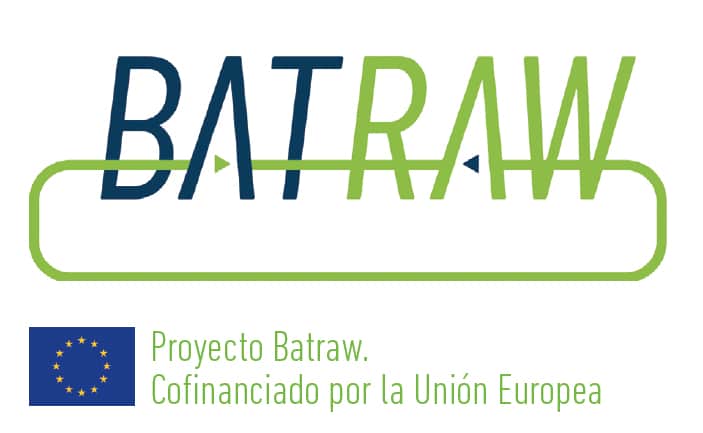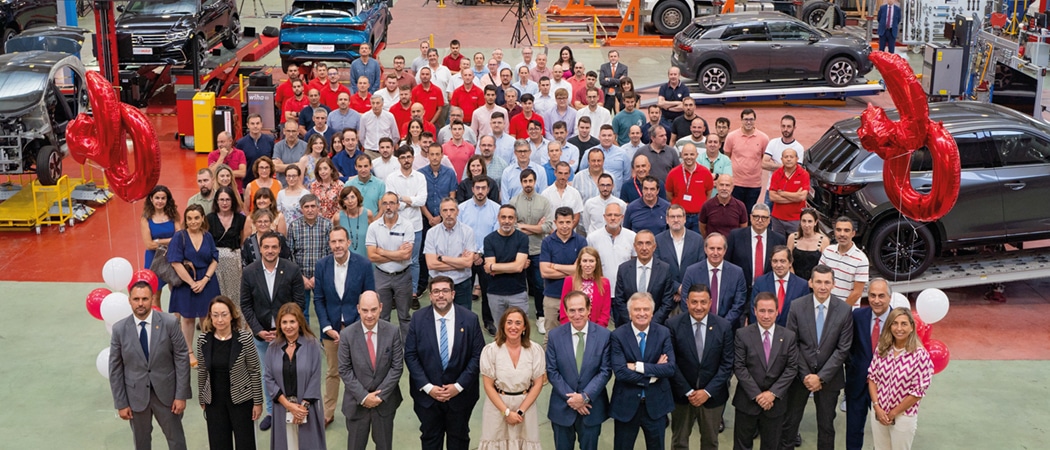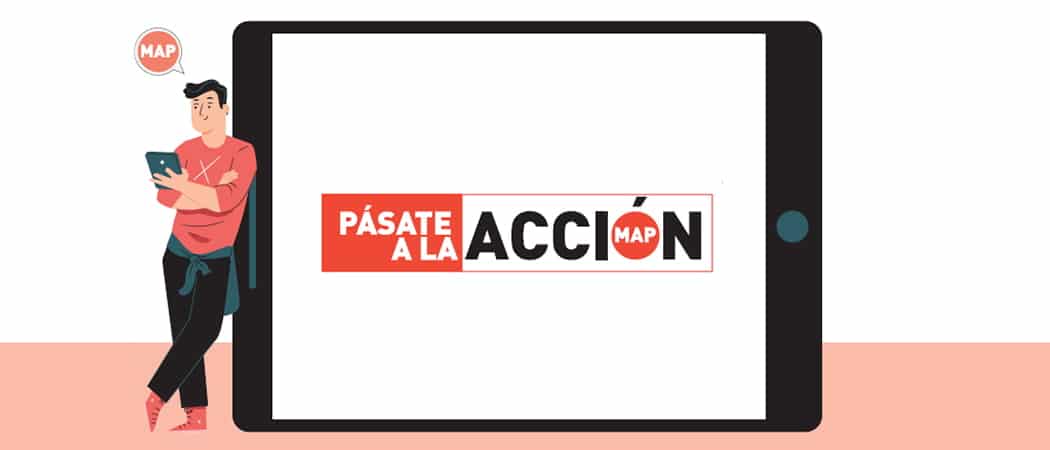TEXT TERESA MAJERONI | IMAGES CESVIMAP MAPFRE
Ceremony to celebrate 40 years of CESVIMAP on 5 July. In attendance at the ceremony, with the CESVIMAP team, were the Chairman and CEO of MAPFRE, Antonio Huertas, the Minister of Mobility and Digital Transformation from the regional government of Castilla y León, María González, the general manager of CESVIMAP, José María Cancer, the Mayor of Ávila, Jesús Manuel Sánchez Cabrera, and the president of the provincial council, Carlos García, among others.
Forty years ago, in 1983, cars were practically the only vehicles on Spanish roads, as the maximum expression of mobility. The most popular models that year were the Renault 9, the Opel Corsa, the Talbot Samba and Citroën’s famous BX. In this context, on May 16, 1983, CESVIMAP, MAPFRE’s Center for Experimentation and Road Safety, also known as CESVI, was created.
An in-house organization proved necessary to investigate motor vehicles and possible accidents “given the high volume of motor vehicle operations at MAPFRE and the need for a technical analysis of possible damage to people and motor vehicles,” according to one of the leaders of the project, Julio Castelo, then director of MAPFRE Mutualidad and who would go on to famously chair the company.
Since then, CESVIMAP has been central to the technical training imparted to MAPFRE’s specialist staff. We provide the necessary training on passenger vehicles, analyzing the materials and technologies used in them; we also research other types of vehicles, such as motorcycles or trucks. Since our beginnings, we have expanded our horizons by imparting training to external institutions, such as the State Security Forces and Corps and all kinds of related institutions. We have even trained Renfe staff*! Spreading the “automobile culture” has always been our mission, and we target all people involved in the automotive sector, particularly vehicle repair professionals (workshops) and those who assess vehicles (appraisers).
Just as MAPFRE become a global insurance company, in a short space of time, the need to internationalize this mission became apparent, and we sponsored centers with the CESVI philosophy in countries including Argentina, Colombia, France and Mexico.
May 16, 1983 marked the founding of CESVIMAP, MAPFRE’s center for experimentation and road safety
Disseminating the “automotive culture” has always been our mission, aimed at all people involved in the world of automobiles
In 2011, we established ourselves as the first research center in spain to investigate electric propulsion
Over the past four decades of CESVIMAP’s existence, we have provided services in more than 42 countries on five continents, suggesting design aspects for new vehicles, carrying out consultancies to increase the effectiveness, efficiency and profitability of workshops, outlining career plans for different manufacturers, etc.
The new form of mobility changes our way of moving around the world. At CESVIMAP, we look at connected, autonomous, shared and electric mobility.
At CESVIMAP we have dared to look at anything that has wheels or moves! While in 2011 we established ourselves as the first research center in Spain to investigate electric propulsion, in 2023, we are the technological radar for mobility. We have investigated all those technologies that could have an impact on our policyholders. From drones to autonomous robots for delivering orders, through to its final ultimate form: the autonomous vehicle; from batteries to electric scooters (the protagonist of micromobility and the innovative MásPatín insurance).
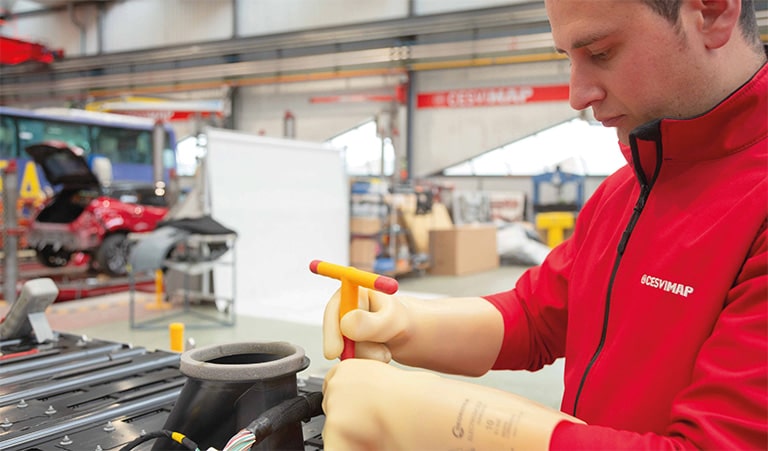
Artificial intelligence, digital twins (useful, for example, for the reconstruction of traffic accidents), additive printing, virtual reality, etc. Our aim is to make technical information available using the latest technologies
Artificial intelligence and other “avatars”
By always employing technological criteria, at CESVIMAP our aim is to anticipate the innovations adopted by vehicles and their impact on society in general. Artificial intelligence, digital twins (useful, for example, for the reconstruction of traffic accidents), additive printing, virtual reality, etc. Our aim is to make technical information available using the latest technologies.
With this in mind, since the first technical innovations we investigated (highly elastic steels, the proliferation of plastics in automobile manufacturing, pearlized paints, the replacement of bodywork parts by partial section, etc.) we have come to face a whole host of other challenges.
With safety as a priority, we investigate vehicles whose systems or elements minimize potential post-accident injuries; this is known as passive safety. This is influenced by factors such as the bodywork and chassis, as well as the new materials used in their production. They are lighter and more sustainable in addition to being more malleable, absorbing more energy to reduce the consequences of accidents. However, we also investigate active safety, which has an impact on steering systems, brakes, lighting, etc., coordinated through advanced driver assistance systems (ADAS).
We have developed an ADAS classification system to test them in a variety of circumstances and objectively ascertain their performance. We analyze autonomous emergency braking systems, involuntary lane change warning systems, automatic parking, blind spot detection systems, adaptive cruise control, etc.
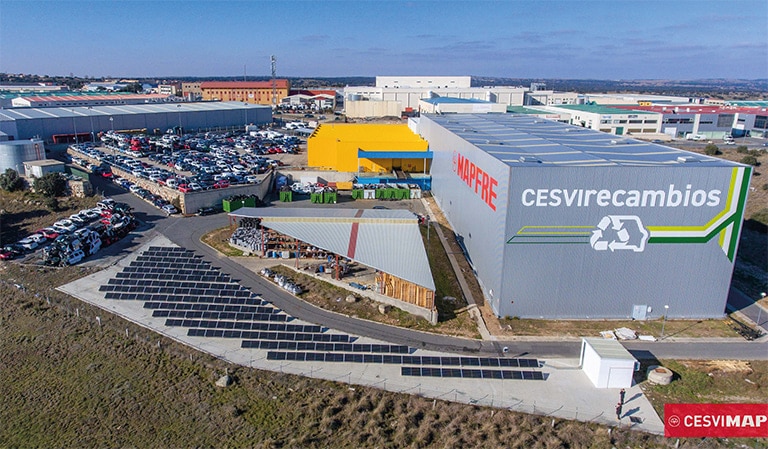
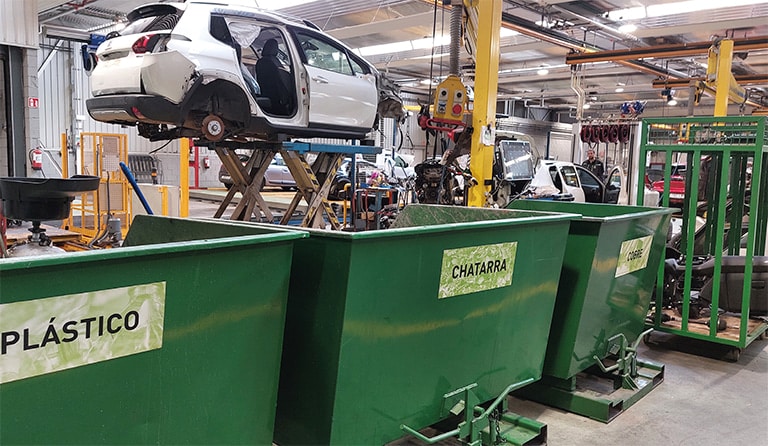
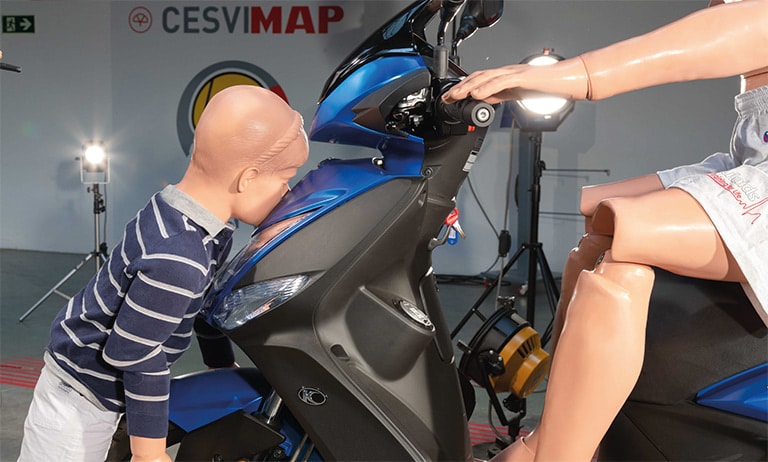
Connectivity, cybersecurity and personal safety
As technology forms part of our daily lives and is employed in the cars we drive, the potential for attacks on these systems increases. The growing level of external and internal connectivity in vehicles requires a greater and more reliable architecture, as well as methods and barriers to defend them against possible attacks. With this in mind, telematics and cybersecurity form an active part of our research. We like to stay at the cutting edge! The insurance industry faces new challenges generated by new methods of transport. “Ensuring mobility is one of the major challenges facing the sector,” asserts Alfredo Castelo, Corporate General Business Manager at MAPFRE, our parent company. This represents a challenge in the medium-long term and involves the transition from traditional insurance (for the vehicle) to personal insurance, regardless of the means of transport used.
On account of the research we conduct, MAPFRE offers policies to society for electric vehicles, a new form of insurance for electric scooters (MásPatín), insurance premiums depending on the ADAS installed in vehicles, pay-per-use models (extracting value from the data embedded in the car), connected and automated driving, etc.. We pursue the transition towards new, more sustainable mobility models.
Protecting our planet
The challenge we face in the 21st century is all about protecting our planet. Sustainability seeks balanced solutions in three pillars: care for the environment, social well-being and economic growth. Development involves ensuring the needs of the present without compromising future generations. “Our common future” seeks efficient economic growth in the use of resources, which do not produce greenhouse gas emissions and where the environment and people’s health are protected.
Since its inception, MAPFRE has been committed to leaving a positive footprint on society, and through #PlayingOurPart, CESVIMAP seeks a sustainable second life for resources. Harnessing natural heritage and assets to the maximum is a vital step in protecting our world.
Shared mobility, repairing (rather than replacing) parts, electric or hydrogen-based propulsion vehicles and the minimization of environmental impacts at the end of their useful life are challenges that we have defended for decades based on the 3 Rs (reduce, reuse and recycle).
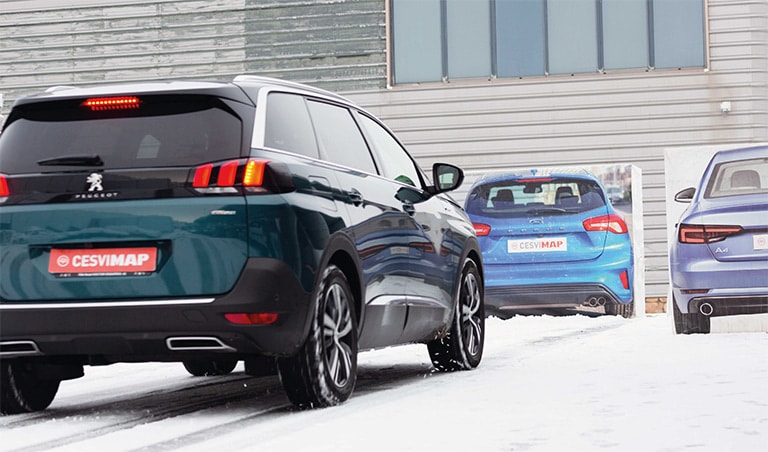
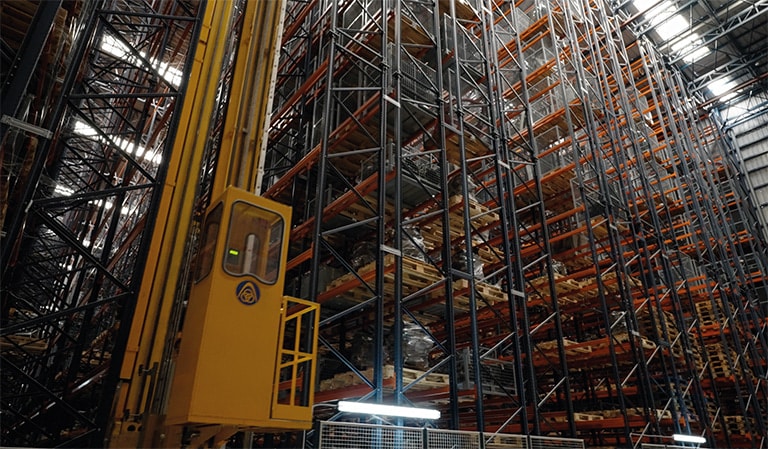
CESVIrecambios, our authorized center for processing decommissioned vehicles, was conceived more than 20 years ago. Its activity is structured around the sustainable and committed circular economy. We recycle materials taken from damaged vehicles (steel, aluminum, plastic, glass, etc.), and we provide a second useful life to parts that are in full working order.
This center also recovers batteries from electric cars that have been written off, reusing their modules either in other vehicles or giving them another use that requires less energy demand. Thus, at CESVIrecambios we have installed solar panels for the purposes of self-consumption. The innovation here involves the use of an energy storage station that employs used batteries from electric vehicles. This “green energy” allows us to consume our own energy at night, for example.
And if the batteries can no longer be put to any other use, we recover the materials, some of which are critical in the European Union (for the most part lithium, manganese, nickel, along with high-quality graphite). This is the BATRAW project, which forms part of the Horizon Europe program.
